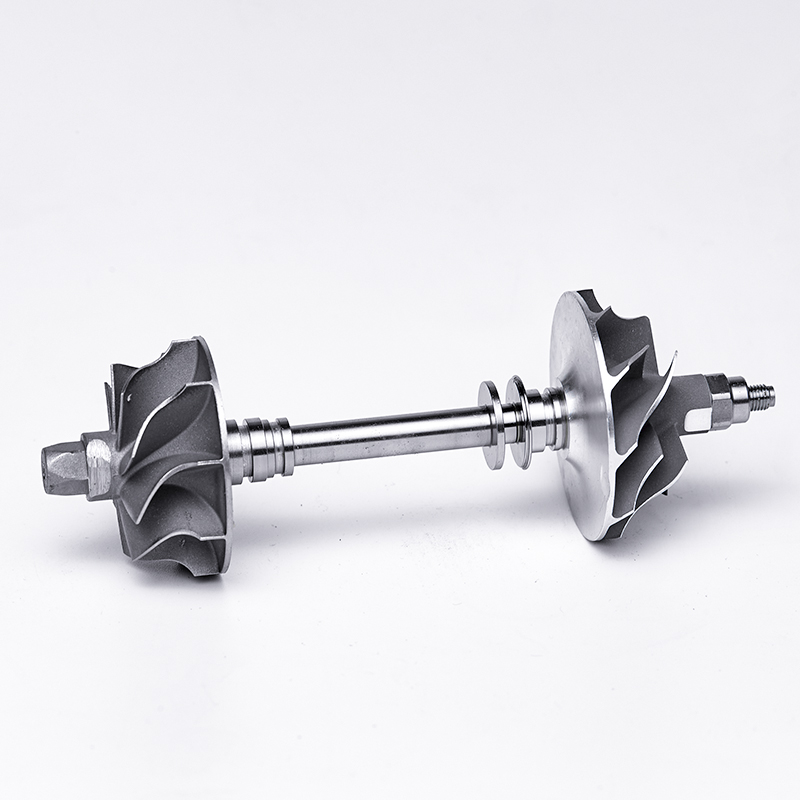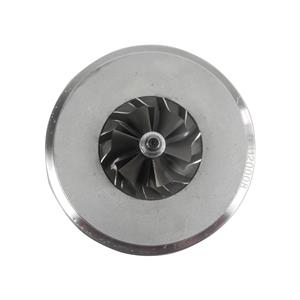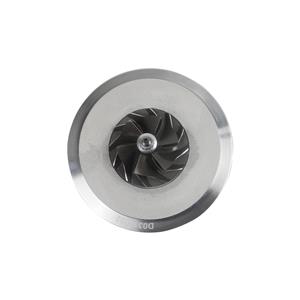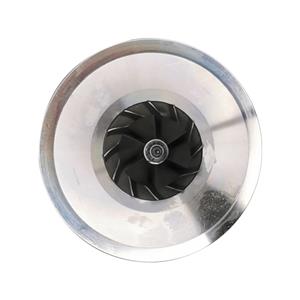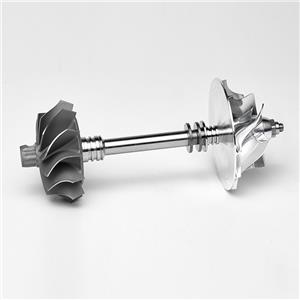Turbocharger Accessories Purchase Skills (Below)
Turbocharger accessories purchase skills (below)
When purchasing turbocharger accessories, you should pay attention to inspection. If the parts are found to have rust spots, mildew spots or cracks in rubber parts, loss of elAasticity, or obvious turning tool lines on the surface of the journal, they should be replaced.
5. Check whether the protective surface is in good condition. Most parts are factory coated with a protective coating. For example, the piston pin and bearing bush are protected with paraffin; the surface of the piston ring and cylinder liner is coated with anti-rust oil and wrapped with wrapping paper; the valve, piston, etc. are soaked in anti-rust oil and packaged in plastic bags. If the sealing sleeve is damaged, the wrapping paper is lost, the anti-rust oil or paraffin is lost when purchasing, it should be returned.
6. Check whether the glued parts are loose. For accessories composed of two or more parts, the parts are press-fitted, glued or welded, and no looseness is allowed between them. For example, the oil pump plunger and the adjusting arm are combined by press-fit; The clutch driven wheel and the steel plate are riveted and combined, the friction plate and the steel plate are riveted or glued; the paper filter element frame and the filter paper are glued together; the wire ends of the electrical equipment are welded. If it is found to be loose when purchasing, it should be replaced.
6. See if the rotating parts are flexible. When purchasing the oil pump and other rotating parts assemblies, rotate the pump shaft by hand, and it should feel flexible and free from jamming; when purchasing rolling bearings, support the inner ring of the bearing with one hand, and rotate the outer ring with the other hand, the outer ring should be able to rotate quickly and freely, and then Gradually stop. If the rotating parts do not turn smoothly, it means that the interior is corroded or deformed, so do not buy it.
8. Check the assembly parts for missing parts. Regular assembly components must be complete and intact to ensure smooth assembly and normal operation. If the individual small parts on some assembly components are missing, the assembly components will not work or even be scrapped.
